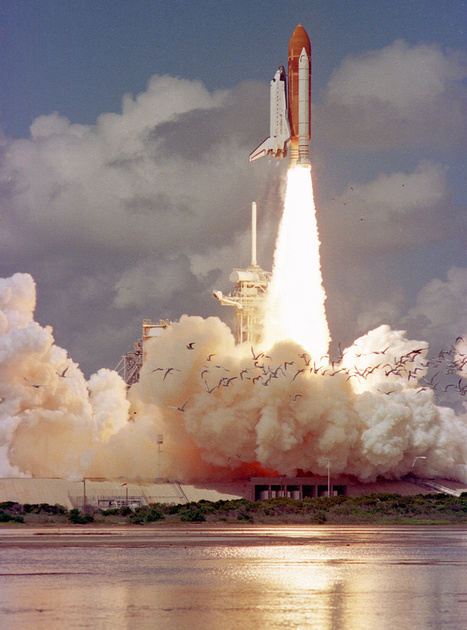Glen Barrington
Forum Pro
It's a term I hadn't heard until a few weeks ago, and to be honest, I have no idea what it means. It sort of implies that there is some sort of consistency in look to ALL photos taken with FF cameras, and I think we all know that is bunk. The right photographer can ruin any photo or make any camera produce astounding results regardless of format.
My first inclination is to consider the "FF Look" to be the same sort of nonsense that people spout about how 'special' the colors are in a camera. It's one of those spurious talking points that can't be proven or disproven once the pixel peeping starts. But I'm willing to listen to a reasoned argument in the other direction.
So if possible, can someone who sincerely believes there IS a "FF Look" describe what the visual components are, and how it differs from formats both smaller and bigger than FF?
--
I look good fat, I'm gonna look good old. . .
http://glenbarrington.blogspot.com/
http://glenbarringtonphotos.blogspot.com/
https://www.flickr.com/photos/130525321@N05/
My first inclination is to consider the "FF Look" to be the same sort of nonsense that people spout about how 'special' the colors are in a camera. It's one of those spurious talking points that can't be proven or disproven once the pixel peeping starts. But I'm willing to listen to a reasoned argument in the other direction.
So if possible, can someone who sincerely believes there IS a "FF Look" describe what the visual components are, and how it differs from formats both smaller and bigger than FF?
--
I look good fat, I'm gonna look good old. . .
http://glenbarrington.blogspot.com/
http://glenbarringtonphotos.blogspot.com/
https://www.flickr.com/photos/130525321@N05/
Last edited:





